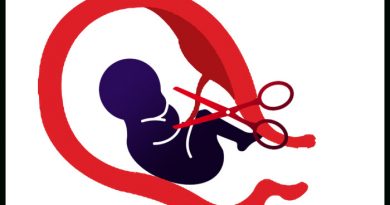Wall St falls as private jobs data sparks taper fears
(Reuters) – U.S. stock indexes fell on Wednesday after a strong showing of private jobs in September fueled bets that the Federal Reserve could start reining in its monetary stimulus soon, while worries lingered about the government debt ceiling.
A gridlock in Congress about the debt limit showed no sign of abating, as Senate Democrats planned a third attempt to get Republicans to vote to raise the federal government’s borrowing authority and head off a catastrophic default.
“There’s definitely no question that there’s unease and uncertainty that is finally weighing on investor sentiment and performance,” said Ross Mayfield, investment strategy analyst at Baird in Louisville, Kentucky.
“Between the policy issues – the debt ceiling and the status of two large spending bills – to see the stocks sell off after such an extended run is not all that surprising.”
Mega-cap growth companies pared some declines, with Amazon.com Inc, Microsoft Corp and Alphabet Inc edging higher after the benchmark U.S. 10-year yield retreated from three-month highs by early afternoon trading. [US/]
Still, all the 11 major S&P 500 sector indexes were trading lower, with financials and industrials down 1% each.
The ADP National Employment Report showed private payrolls increased by 568,000 jobs last month. Economists polled by Reuters had forecast a rise of 428,000 jobs.
“Positive labor market data comes with the implication that the Fed can tighten policy at a quicker pace. But the fact that hiring is up shouldn’t be discounted — it’s definitely a good thing in terms of recovery,” said Mike Loewengart, managing director, investment strategy at E*TRADE Financial.
The numbers come ahead of the more comprehensive non-farm payrolls data on Friday, which is expected to cement the case for the Federal Reserve’s slowing of asset purchases.
Oil prices hit multi-year highs earlier in the day, stoking concerns that major central banks will tighten monetary policy to counter sharp price rises. However, crude prices retreated from those highs, while the S&P 500 energy sector slid 1.5%.
Up to Tuesday’s close, the S&P 500 index logged its fourth straight day of 1% moves in either direction. The last time the index saw that much volatility was in November 2020, when it rose or fell 1% or more for seven straight sessions.
At 12:06 p.m. ET, the Dow Jones Industrial Average was down 293.48 points, or 0.86%, at 34,021.19, the S&P 500 was down 29.91 points, or 0.69%, at 4,315.81 and the Nasdaq Composite was down 48.59 points, or 0.34%, at 14,385.24.
American Airlines Group fell 4.4% after Goldman Sachs cut its rating on the carrier to “sell” from “neutral”.
Shares in steelmaker Nucor Corp dropped 3.6% after Goldman Sachs lowered its rating to “neutral” from “buy”.
Declining issues outnumbered advancers for a 3.52-to-1 ratio on the NYSE and for a 2.44-to-1 ratio on the Nasdaq. The S&P index recorded no new 52-week high and nine new lows, while the Nasdaq recorded 15 new highs and 206 new lows.
Source: Read Full Article



